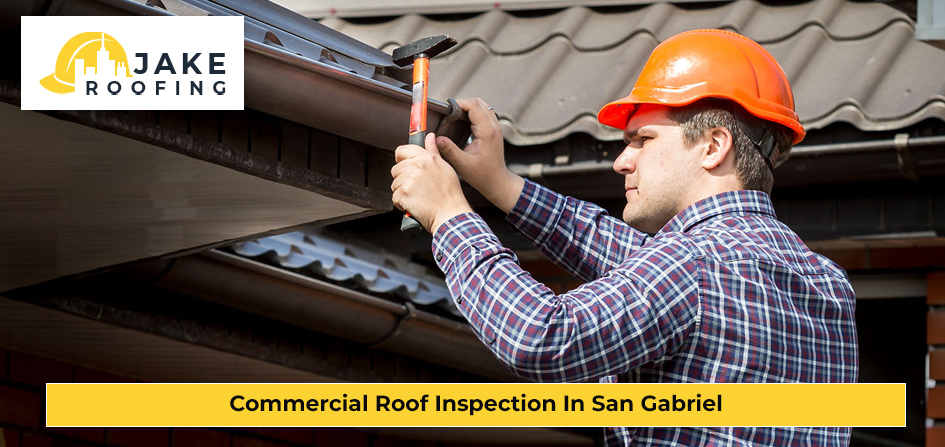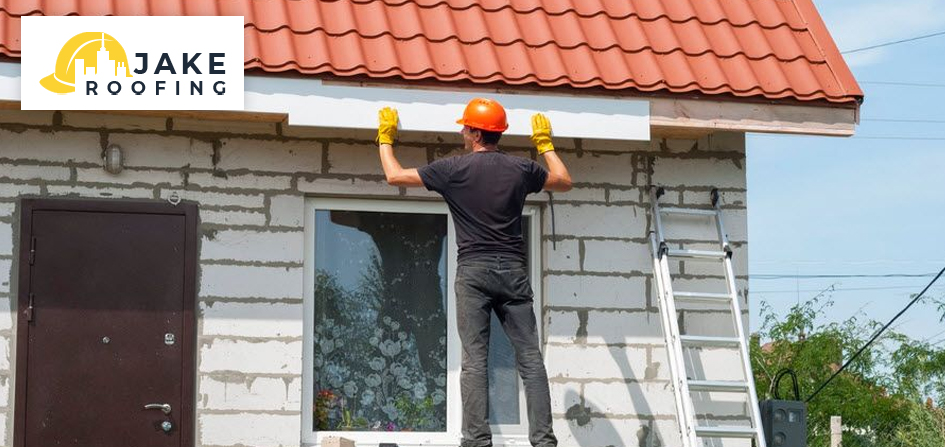The Parts of Your Roof that You Should Inspect
When you are conducting a commercial roof inspection In San Gabriel, it is important to know which parts of the roof you should check. Here is a table that would give you a better idea.
| Stage of Commercial Roof Life | Parts to Inspect |
|---|---|
| Installation or New Roof | – Roof membrane – Flashings – Roof penetrations – Drainage systems – Insulation – Roof edges and parapets |
| Regular Maintenance | – Roof surface – Flashings and seals – Gutters and downspouts – Skylights and roof windows – HVAC equipment curbs – Roof access points – Roof drains and scuppers |
| Seasonal Inspections | – Gutters and downspouts – Roof vents and exhaust fans – Roof perimeter and edges – Expansion joints and seams – Roof coatings and sealants |
| Post-Weather Events | – Roof surface for damage – Flashings and seals for leaks – Drainage systems for blockages – Structural components for integrity – Insulation for moisture or deterioration |
| End-of-Life Assessment | – Roof membrane condition – Flashings and seals – Structural supports – Insulation and moisture levels – Roof deck integrity – Accessibility and safety features |
The Different Kinds of Commercial Roof Inspections
Commercial roof inspections in Sab Gabriel can be categorized into different types based on the time when they are conducted. These types include
Initial/Pre-Purchase Inspection
This inspection is performed before a property is purchased to assess the condition of the commercial roof. It helps potential buyers make informed decisions and identify any major issues or maintenance needs.
Routine/Periodic Inspection
Regular inspections are conducted at predetermined intervals, such as annually or semi-annually, to proactively monitor the roof’s condition, identify minor problems early on, and ensure proper maintenance. These inspections help prevent costly repairs and extend the roof’s lifespan.

Seasonal Inspection
These inspections are conducted before or after specific seasons, such as winter or summer, to address weather-related concerns. They focus on assessing the roof’s resilience to extreme temperatures, heavy rainfall, or high winds and identifying any damage caused by seasonal changes.
Post-Weather Event Inspection
Following severe weather events like storms, heavy rains, or hailstorms, inspections are carried out to assess the impact on the commercial roof. These inspections aim to identify and document any damage caused by the weather and initiate prompt repairs or insurance claims.
End-of-Life Assessment
When a commercial roof nears the end of its expected lifespan, an assessment is conducted to evaluate its overall condition, remaining functionality, and the need for replacement. This inspection helps owners plan and budget for roof replacement or major repairs. Jake Roofing helps you in all such assessments. Call us now!!!

Commercial Roof Inspection After Weather Damage
When conducting a commercial roof inspection in San Gabriel after weather damage, the following process is followed:
Visual Assessment
Begin with a visual inspection of the entire roof surface. Look for signs of damage, such as missing or damaged shingles, dents, cracks, or uplifted sections. Inspect the flashings, gutters, and downspouts for any visible issues.
Interior Inspection
Check the interior of the building for signs of water intrusion, such as ceiling stains, wet spots, or mold growth. These indicators can help pinpoint areas of roof damage
Documenting Damage
Take detailed notes and photographs of the observed damage. This documentation will be useful for insurance claims and repair assessments
Assessing Flashings and Seals
Examine the flashings around roof penetrations, vents, skylights, and chimneys. Look for any signs of loose or damaged flashings, compromised seals, or gaps.
Checking Drainage Systems
Inspect roof drains, scuppers, and gutters for debris blockages or damage that may impede proper water flow. Ensure that water is effectively channeled away from the roof surface.
Roof Membrane Inspection
Evaluate the condition of the roof membrane, whether it’s a single-ply membrane, built-up roofing, or another type. Look for punctures, tears, blistering, or deterioration
Structural Assessment
Inspect the roof deck and supporting structures for any signs of sagging, rot, or weakened areas. Pay attention to the integrity of roof curbs and equipment supports.
Moisture Detection
Utilize moisture-detection techniques, such as infrared scanning or moisture meters, to identify hidden areas of moisture or water damage within the roof layers or insulation
Commercial Roof Inspection in San Gabriel for Insurance Claims
Most businesses prefer to go for a commercial roof inspection in San Gabriel to file an insurance claim. Here are some of the tips that you should follow:
Prompt Action
Notify your insurance provider as soon as possible after discovering roof damage. Timely reporting is crucial for initiating the claims process promptly
Document Damage
Take detailed photographs and videos of the roof damage from multiple angles. This visual evidence will support your insurance claim and help in assessing the extent of the damage.
Maintain Records
Keep a record of any previous roof inspections, maintenance, repairs, and warranties. This documentation establishes a history of roof care and can strengthen your insurance claim.
Retain Invoices and Estimates
Keep copies of all invoices, estimates, and receipts related to the roof repairs or inspections. These documents serve as proof of expenses and can be submitted to the insurance company.
Review Insurance Policy
Familiarize yourself with the terms and coverage limits of your insurance policy. Understanding what is covered and what is excluded will help you navigate the claims process more effectively.

Frequently Asked Questions
Yes, a commercial roof inspection can provide documented evidence of pre-existing damage, identify weather-related damage, and assess the extent of repairs required. This information can support insurance claims and increase the likelihood of receiving fair compensation for roof repairs or replacement.
The duration of a commercial roof inspection can vary depending on the size of the roof, its complexity, and the extent of the inspection required. On average, a thorough inspection can take a few hours to a full day. However, more extensive inspections or specialized assessments may take longer.
We have expertise in inspecting various types of commercial roofs, including flat roofs, sloped roofs, metal roofs, built-up roofs, single-ply membranes (such as TPO or EPDM), and more. Our inspectors are well-versed in the specific requirements and challenges associated with each roof type.
